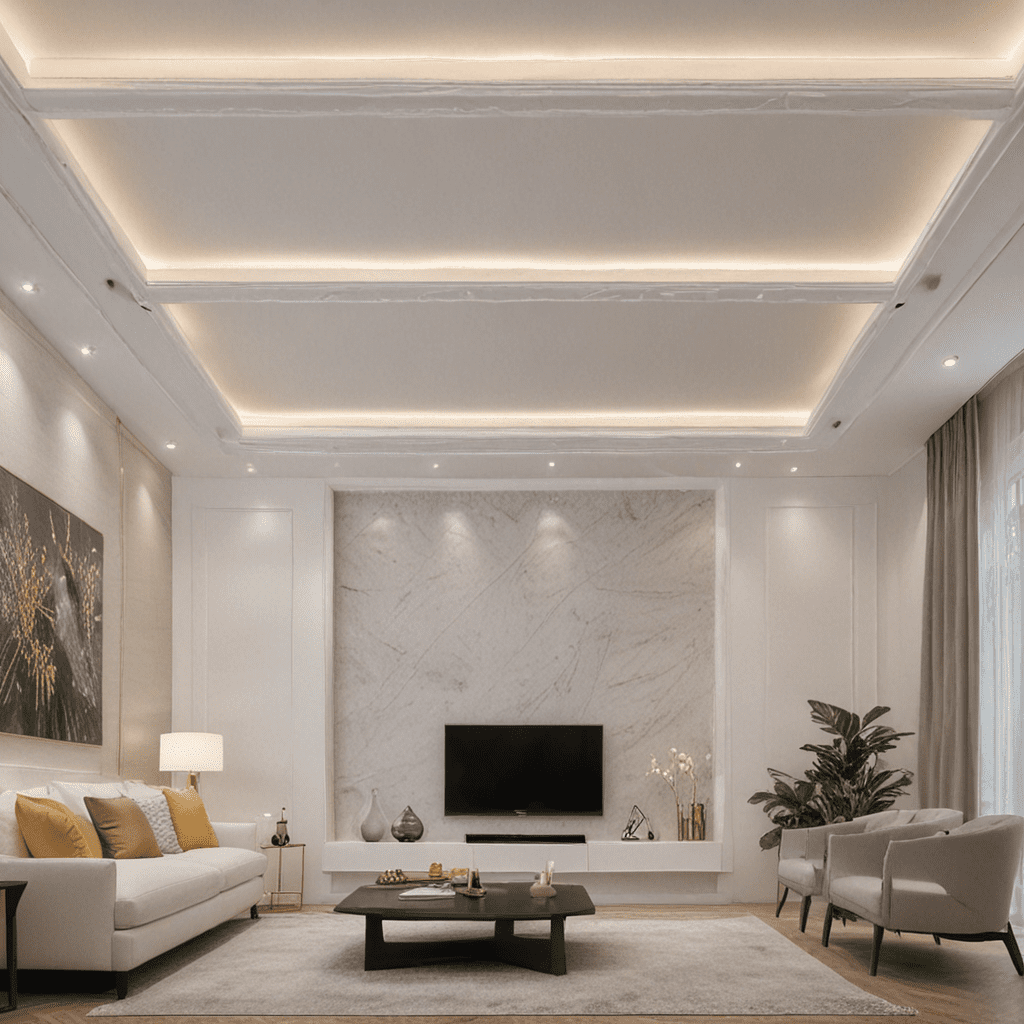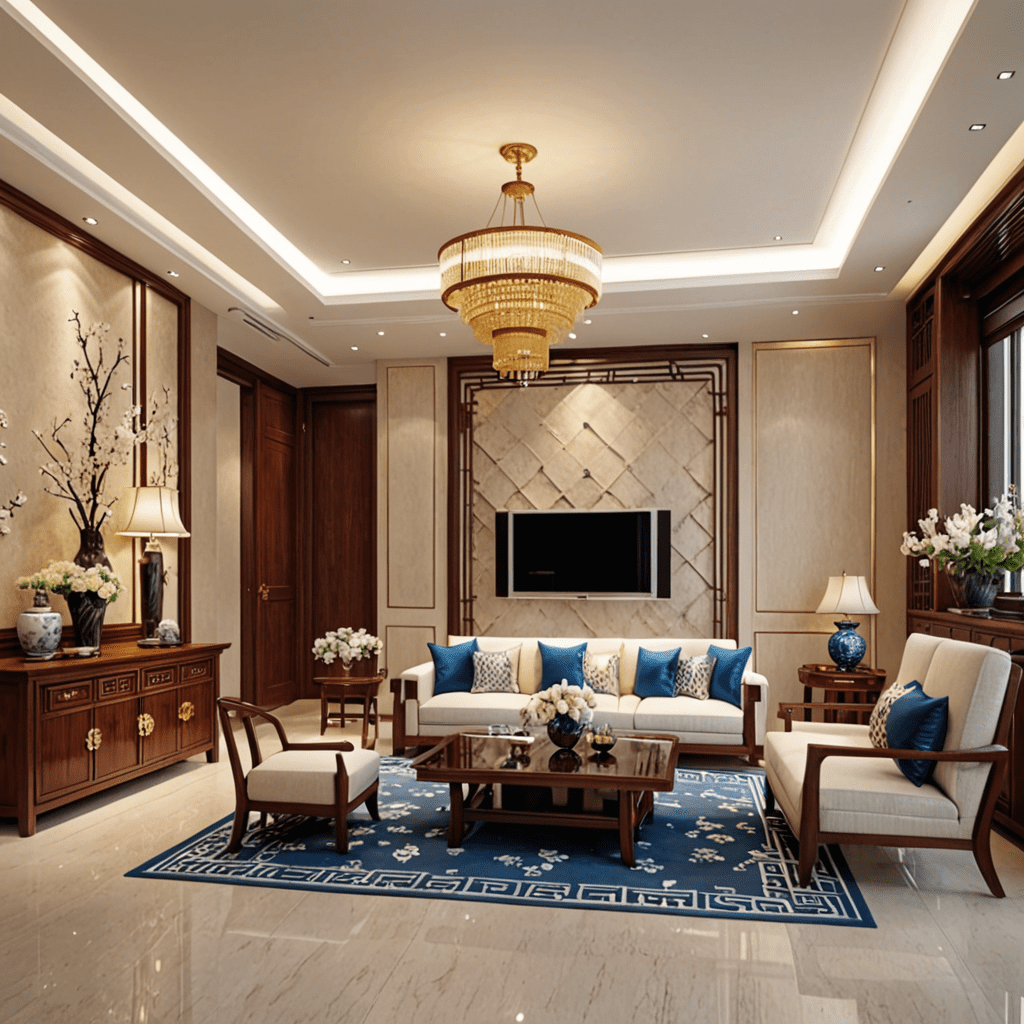The Art of Japanese Interior Design


Exploring Japanese Interior Design Styles
Japan is renowned for its unique and distinct interior design styles that blend tradition with modernity. From minimalist aesthetics to the use of natural elements, Japanese interior design offers a calming and serene atmosphere. In this article, we will explore six popular Japanese interior design styles and how they can transform your home.
1. Zen Minimalism
Zen minimalism is perhaps the most well-known Japanese interior design style. It emphasizes simplicity, clean lines, and the use of natural materials. The concept of „less is more” is at the heart of Zen minimalism, with clutter-free spaces promoting tranquility and mindfulness. Neutral colors like white, beige, and earth tones are frequently used, creating a peaceful and harmonious ambiance.
2. Wabi-Sabi
Wabi-Sabi is a design philosophy that embraces imperfection and celebrates the beauty of natural aging. This interior style values authenticity and appreciates the simplicity of objects that display signs of wear and tear. Imperfections are seen as part of an object’s history, adding character and charm. Wabi-Sabi interiors often feature handmade items, earthy colors, and natural elements like wood and stone.
3. Tatami
Tatami is a traditional Japanese flooring material made from rice straw and woven rush grass. This type of flooring is typically used in combination with other Japanese design elements. Tatami mats create a warm and comfortable feel and are often found in traditional Japanese houses or rooms. Many homeowners choose to incorporate tatami mats into their interior design as a nod to Japanese culture and to add a touch of authenticity.
4. Shoji Screens
Shoji screens are another iconic element of Japanese interior design. These sliding doors feature translucent paper panels that allow diffused light to pass through, creating a soft and inviting ambiance. Shoji screens are often used to separate rooms or partition spaces, providing privacy while maintaining an open and airy feel. They are also customizable, allowing homeowners to incorporate various patterns or even their own artwork.
5. Ikebana – The Art of Flower Arranging
In Japanese interior design, the art of flower arranging, known as Ikebana, is often used to add natural beauty and a sense of harmony to a space. Ikebana arrangements are minimalist and focus on the beauty of each individual stem and branch. The use of asymmetry is key, creating a balanced and visually appealing composition. Ikebana arrangements can be displayed in various ways, from traditional vases to more modern and unconventional containers.
6. Kintsugi – The Art of Golden Joinery
Kintsugi is a traditional Japanese technique that involves repairing broken pottery with gold or silver lacquer. This art form embraces the philosophy of acknowledging and accepting imperfections. Instead of hiding or discarding damaged objects, Kintsugi highlights their flaws, turning them into beautiful pieces of art. Incorporating Kintsugi into your interior design can add a unique and visually striking element while celebrating the beauty of resilience and history.
FAQ
Q: Can I incorporate multiple Japanese interior design styles in my home?
A: Absolutely! Japanese interior design styles are not mutually exclusive, and many homeowners choose to blend elements from different styles to create a unique and personalized space. Just ensure that the different elements harmonize with each other to maintain a cohesive and balanced overall design.
Q: How can I incorporate natural materials into my Japanese-inspired interior design?
A: Natural materials play a crucial role in Japanese interior design. Consider using materials like wood, bamboo, stone, and natural fibers for flooring, furniture, and decor. These materials not only add warmth and authenticity but also create a deep connection with nature.
Q: Is it necessary to have a traditional Japanese-style house to achieve a Japanese interior design?
A: Not at all! Japanese interior design can be incorporated into any type of home, regardless of its architectural style. You can introduce elements like shoji screens, tatami mats, or minimalist furniture to transform the ambiance of your space and create a Japanese-inspired atmosphere.
Whether you are looking for a minimalist and tranquil space or wish to embrace the beauty of imperfection, Japanese interior design styles offer something for everyone. By incorporating these design elements into your home, you can create a serene and harmonious atmosphere that reflects the timeless elegance of Japanese culture.




